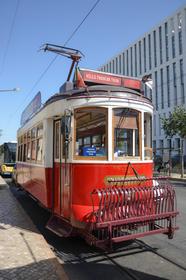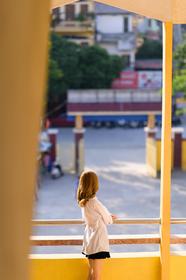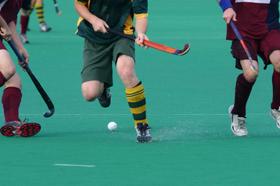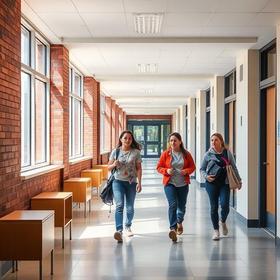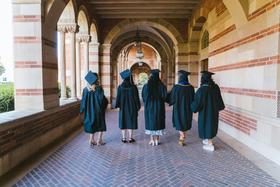While you are in the early stages of identifying private high schools for your child, you will read plenty of catalogs and scan dozens of school websites. That will uncover a lot of information. Just be aware that all of this is the information which the schools want you to see. These are marketing tools that present the best side to the schools and their programs. While there is certainly nothing wrong with putting your best foot forward, the reality is that you need to lift the hood and see what's inside. Find answers to the following five basic questions as part of your due diligence as you sort through schools and begin to determine which one is the best fit for your child.
Get the answers to your questions two ways: by reading the materials offered and by asking in person. Incidentally, if you have decided to use the services of an educational consultant, these are questions which she can answer for you. Then all you have to do is follow up when you visit the schools and affirm what you already know.
1. What are they teaching?
For most parents, this is the first question on the list. It is our priority #1. It plays to our concern about what kind of college or university our child will ultimately attend. Preparing for that next step is a huge undertaking and we know that we have to get it right. Preparing for college level work is a 3-4 year project.
So,
This cluster unveils the rich tapestry of private education, highlighting distinctive school models, philosophies, and specialized programs. It empowers families with insights to navigate and select the perfect educational fit for their needs.
View the most popular articles in Premier School Models:
Evaluating Schools: 5 Questions You Need To Ask

5 Facts About Progressive Schools

Progressive schools are different from traditional schools. Their educational philosophies and teaching methods are different. Because there are so few progressive schools, relatively speaking - only about 75 schools call themselves progressive - most people are surprised when they discover that these schools even exist.
First, here is some of the background on the progressive movement here in the United States. The easiest way to understand how progressivism got started in this country is to realize that educators were also philosophers. For example, the Vermont native John Dewey (1859-1952) who founded the University of Chicago's Laboratory School which many consider the flagship of progressive education, was a distinguished philosopher as well as an educator. In a nutshell, Dewey knew that education was the way to make sweeping changes in society. After he had left the University of Chicago, Dewey founded The New School in New York. The foundation of Dewey's approach to education rests on three lectures he gave back in the 1890s to raise money for his Laboratory School. The School and Social Progress, the School and the Life of the Child, and Waste in Education put forth Dewey's fundamental beliefs that education needs to be an interactive process in which the child discovers the relevance of his lessons to the real world outside.
This video offers an overview of John Dewey and his educational philosophy.
Dewey did not like
Private and Public Schools Compared
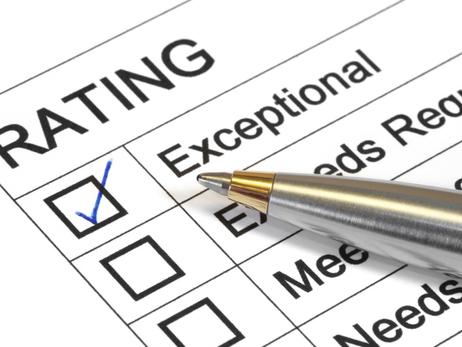
This table will help you see at a glance how private schools compare with public schools. Use it to explore issues and help answer questions about private schools. A list of resources with supporting data and information is given at the end of the table.
| Private Schools | Public Schools | |
| Administration | The local support staff manages the day-to-day operations of each private school. Most private schools are stand-alone entities responsible for their own fund-raising and all other aspects of running their businesses. | Local school and district layers of administrative staff support the day-to-day operations of all schools within a specific school district. |
| Admissions | Selective. Students must meet whatever admissions standards are set. These standards focus on the candidate's ability to do academic work and other factors. | Students must meet residency and age requirements. Students are admitted without regard to academic ability. |
| Arts | All kinds of arts programs are essential components of a private school education. You will find orchestras, bands, and choirs as part of the performing arts offerings. Fine arts and theater are also part of most programs. | Arts programs are generally considered extras in a public school budget. They are usually one of the first areas of expense to be cut when savings must be found in budgets. |
| Census | Approximately 4.9 million students were projected to attend private K-12 schools for the academic year 2015-2016. | Approximately 50.1 million students were projected to attend public K-12 schools for the academic year 2015-2016. |
| Class Size | Private high schools generally have small classes, with |
Schools with Non-traditional Approaches
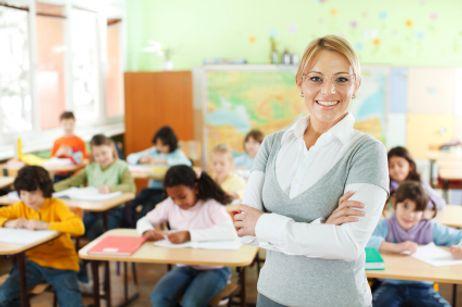
Are you thinking about something other than the usual public school experience for your toddler or primary school age child? If you are, then the next question you are most likely asking is exactly what kind of alternatives are out there anyway? How expensive are they? Are there schools in my area? How will the foundation these schools provide serve my child's future learning in grade school, high school and beyond? Let's take a look at each of these questions and offer some answers.
Early Education Options
Traditional teacher-led education? A follow the child approach as championed by Maria Montessori? The Steiner approach? Reggio Emilia inspired? Those are your broad choices.
Traditional teacher-led education remains popular. Most of us are familiar with this approach to teaching primary age school children because we ourselves are products of those classes. The public school system which I attended in Westmount, Montreal back in the '50s used that traditional approach. Indeed we all had desks lined up in rows. Looking back it seems rather quaint and not a little bit militaristic. But that's the way we were taught back then. We had homework. We were given grades. We are rapped on the knuckles if we misbehaved.
In the 21st century traditional teacher-led education is the norm in many schools both public and private. There are an infinite number of variations on this approach. Some retain the regimentation and strictness which we and our parents remember. Most, however, tend to have been softened
5 Factors for a Successful Private School Experience
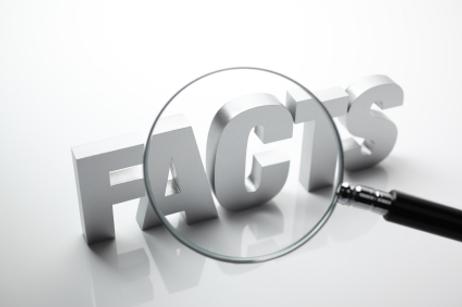
So, you are considering sending your child to private school. As the idea gels and your selection process gets underway, think about these five factors which will make for a successful private school experience. After all, you want the best possible outcome for your child. You want her to benefit from the enriched academic experience which a private school can offer. But most of all, you want her to be happy in her new private school environment. You also want the peace of mind which comes from knowing that you have made all the right decisions.
The right school
So, with dozens of private schools to choose from, choosing the right one is probably the most crucial item on this list of factors for a successful private school education. Which is the right school? You'll know it when you visit it and speak with the admissions staff. It will be the school which best meets both your requirements as a parent, and the requirements of that precious cargo which you are about to entrust to the school. You can review the statistics and data about the school. You can determine that its philosophy and educational mission align with your goals and objectives. But the real question for which you need to find the answer is how will your child fit in. If you feel comfortable about your answer to that question, you are all set. You will have chosen the right school.
Recent Articles
